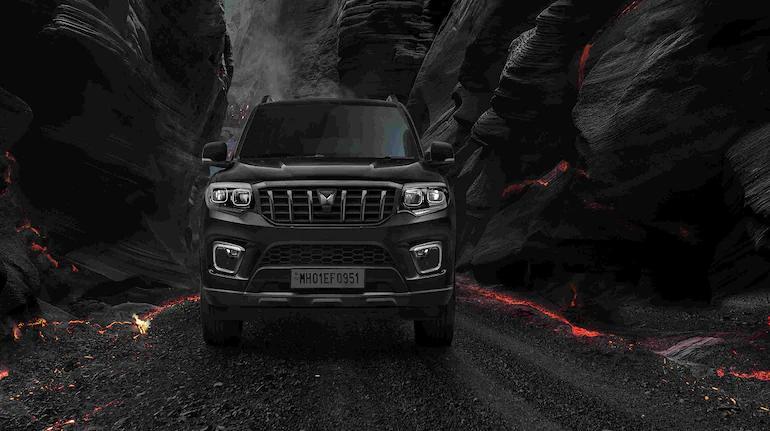
M&M to increase SUV, commercial vehicle prices up to 3% from April
In a recent development, Mahindra & Mahindra, one of India’s leading automobile manufacturers, has announced a price hike for its SUV and commercial vehicle range from April. The company has revealed that the prices of these vehicles will increase by up to 3% due to the rising costs of operations.
As reported by Moneycontrol, the price increase is a result of the escalating costs of raw materials, commodities, and inflation. This move is likely to impact the demand for these vehicles, particularly in the commercial segment, where businesses rely heavily on the affordability of their vehicles.
The price hike is expected to affect a wide range of SUVs and commercial vehicles, including the popular XUV500, Scorpio, and Bolero. Additionally, the company’s commercial vehicle range, which includes the Xenon, Supro, and Truxo, will also see a price increase.
This development comes at a time when the Indian automotive industry is already battling several challenges, including a slowdown in demand, increased competition, and rising operational costs. The industry has been struggling to maintain its growth momentum in the face of these challenges, and the price hike is likely to add to the woes of consumers and businesses alike.
The impact of the price hike will be felt across the country, with different regions likely to be affected to varying degrees. While some states may see a more significant impact, others may be less affected depending on various factors such as local demand and competition.
Other automakers also follow suit
Mahindra & Mahindra is not the only automaker to announce a price hike in recent times. Hyundai Motor, another major player in the Indian automotive market, has also decided to raise prices next month due to high operational costs. This move is likely to add to the already-existing pressure on consumers and businesses to absorb the additional costs.
The price hike by Hyundai Motor is expected to be in the range of 1-2% and will affect a wide range of its vehicles, including the popular Elite i20, Grand i10, and Creta. The company has attributed the price hike to the rising cost of raw materials, commodities, and other operational expenses.
Impact on the market
The price hike by Mahindra & Mahindra and Hyundai Motor is likely to have a significant impact on the Indian automotive market. The demand for these vehicles is already under pressure due to various factors such as a slowdown in economic growth, increased competition, and changing consumer preferences.
The price hike will likely lead to a further decline in demand, particularly in the commercial segment, where businesses are already struggling to maintain their operations. This could result in a reduction in sales volumes for these automakers, which could in turn impact their revenue and profitability.
Additionally, the price hike is likely to have a ripple effect across the entire automotive ecosystem, including dealerships, financing companies, and other stakeholders. The demand for these vehicles is already under pressure, and the price hike could lead to a further decline in sales volumes, which could result in job losses and other economic consequences.
Conclusion
The price hike by Mahindra & Mahindra and Hyundai Motor is a significant development in the Indian automotive market. The increase in prices is likely to have a significant impact on demand, particularly in the commercial segment, where businesses are already struggling to maintain their operations.
The industry is already battling several challenges, including a slowdown in demand, increased competition, and rising operational costs. The price hike is likely to add to these challenges, making it even more difficult for automakers to maintain their growth momentum.
As the industry continues to evolve and adapt to these challenges, it is essential for automakers to find ways to balance their business needs with the needs of consumers and businesses. The price hike may be necessary for Mahindra & Mahindra and Hyundai Motor to maintain their profitability, but it is essential to ensure that the impact on demand is minimal and that the industry continues to grow and thrive in the long term.
Source:






